In the first years of the 20th century, Fordham was a neighborhood caught between two worlds. Its past was rooted in quiet village life and sprawling estates, but its future was arriving on the steel tracks of elevated trains and newly laid subway lines. The extension of the Third Avenue El to Fordham Road in 1901, followed by the subway a few years later, was the catalyst for a profound transformation. What was once a distant suburb began to merge with the rapidly expanding metropolis of New York City.
The heart of the neighborhood pulsed with this new energy. Fordham Road, once a simple local thoroughfare, was quickly becoming one of the Bronx’s premier commercial centers. Trolley cars clanged along the street, connecting shoppers to a growing array of stores. Department stores like a large Wanamaker’s branch and smaller family-run shops opened their doors, catering to the needs of a booming population. The street was a scene of constant activity, with delivery wagons navigating the busy thoroughfare and residents strolling along the sidewalks.
This growth was fueled by an influx of new residents. Irish, Italian, and Jewish families, seeking to escape the dense, crowded tenements of Manhattan, found new opportunities in Fordham. They moved into a variety of housing that was rapidly being built across the neighborhood. On some side streets, older wood-frame houses still stood, remnants of Fordham’s more pastoral days. But the dominant form of new construction was the five- or six-story brick apartment building and the “New Law” tenement, designed to offer more light and air than their predecessors downtown.
Read more
At the center of the neighborhood’s identity stood two historic institutions. Fordham University, with its Gothic stone buildings and expansive green campus, gave the area a collegiate and established feel. The university, then known as St. John’s College, was a major landmark, its spires visible from surrounding streets. Its presence created a distinct academic atmosphere that set Fordham apart from other Bronx neighborhoods.
Just a short distance away, in a small park on the Grand Concourse, was a much humbler but equally significant landmark: the Edgar Allan Poe Cottage. The tiny white farmhouse where the famed writer had spent his final years was preserved as a public shrine. Visitors could walk through the small rooms where Poe wrote some of his most famous works, offering a quiet link to the area’s pre-urban past amidst the surrounding construction.
The spiritual life of the community grew alongside the population. To serve the large Irish Catholic community, the Parish of Our Lady of Mercy was established. The original church was a simple wooden structure, but it served as the center of religious and social life for many new arrivals. The Fordham Manor Reformed Church, with roots stretching back to the 1690s, represented the area’s older, Dutch heritage and continued to serve its congregation from a stone church on Kingsbridge Road.


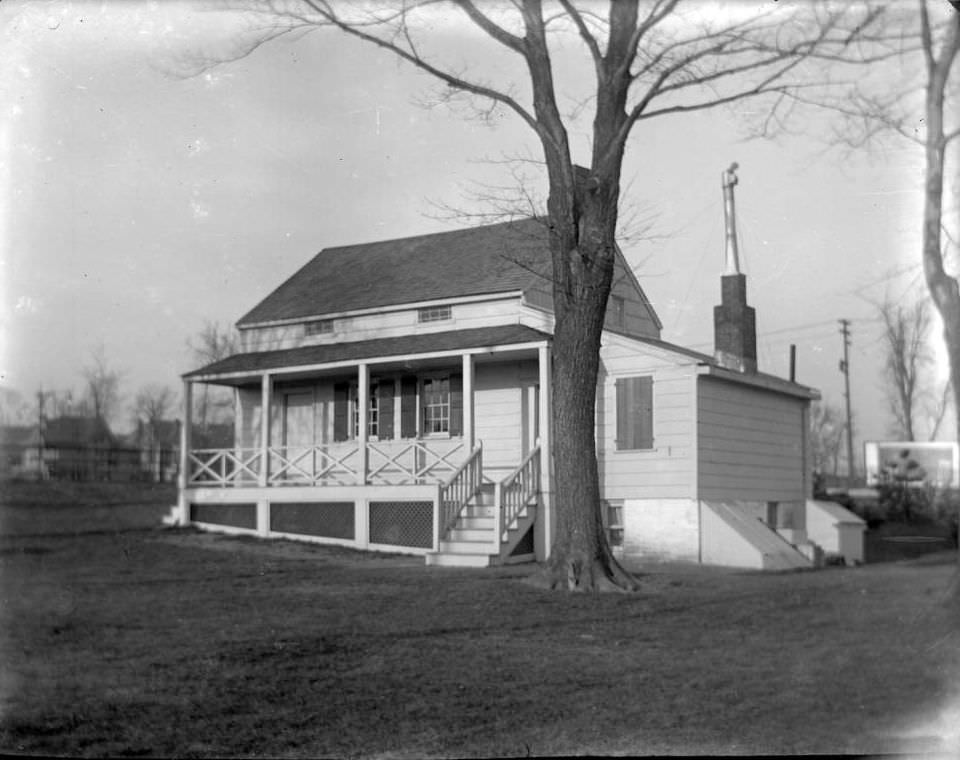
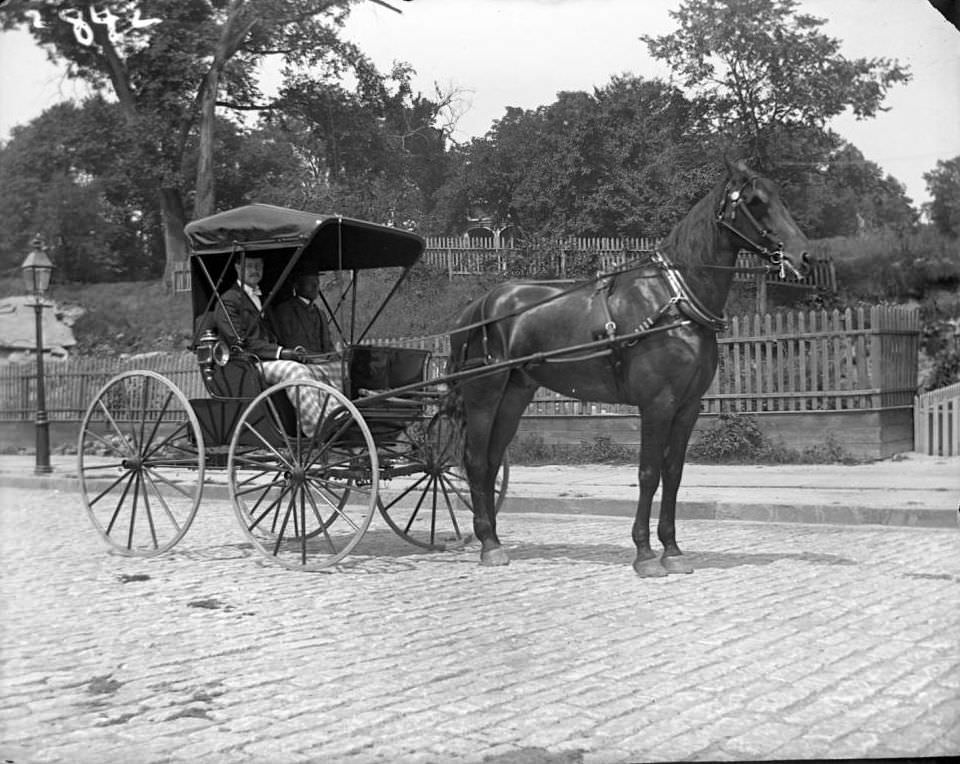
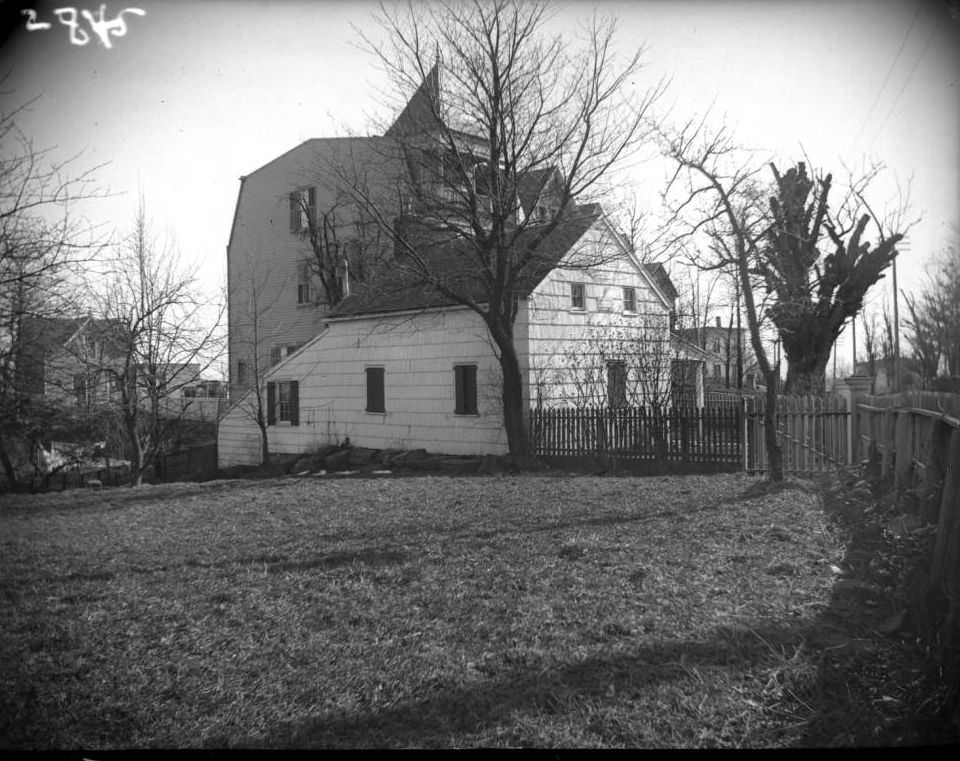
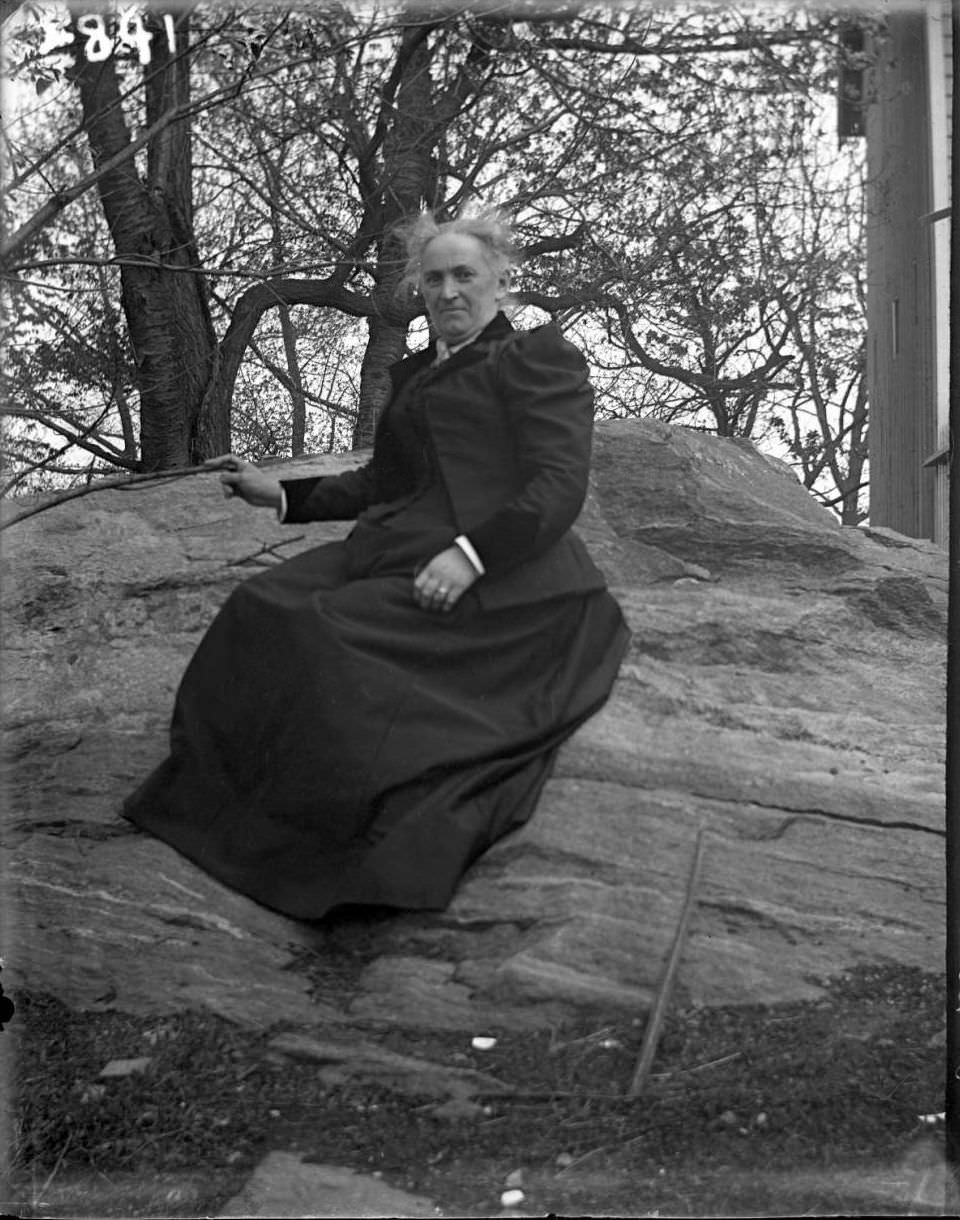
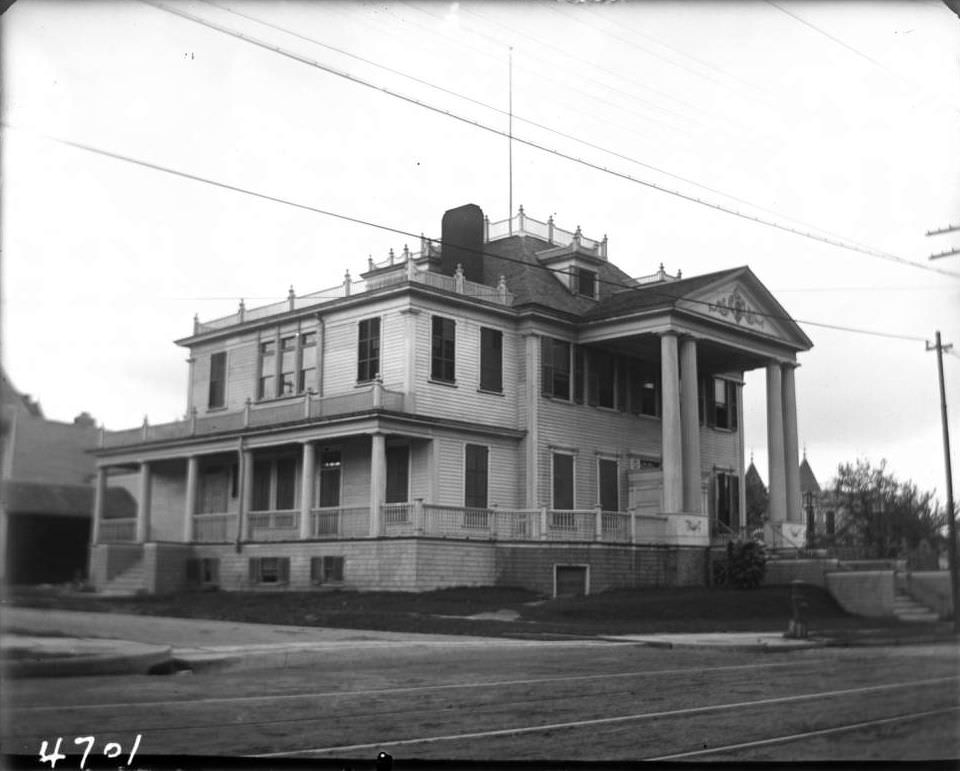
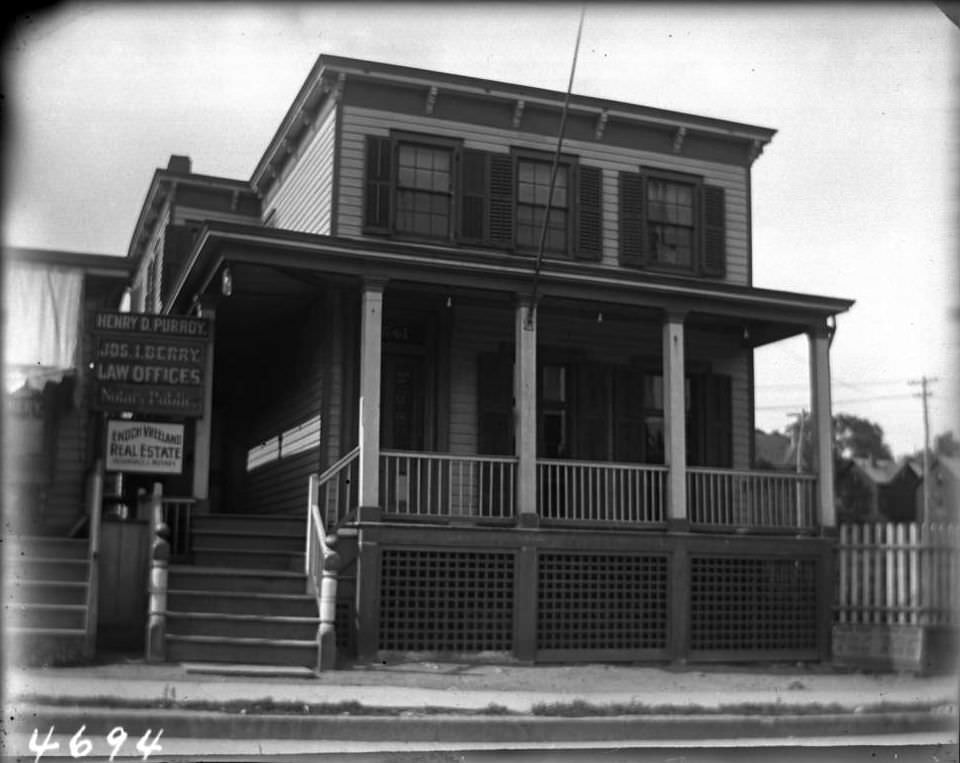
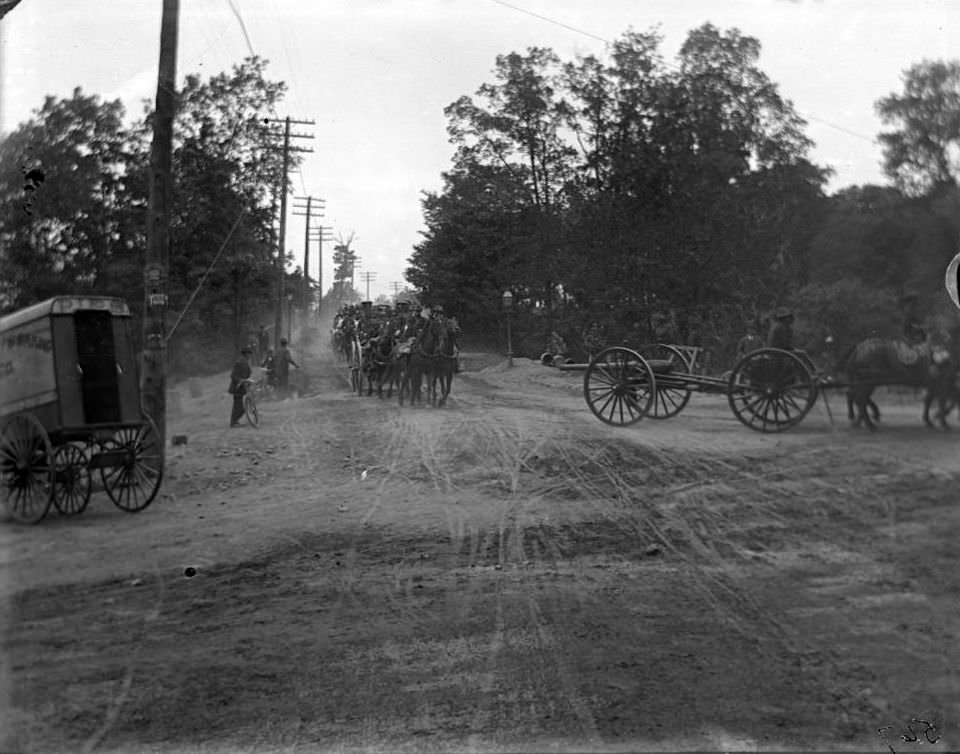
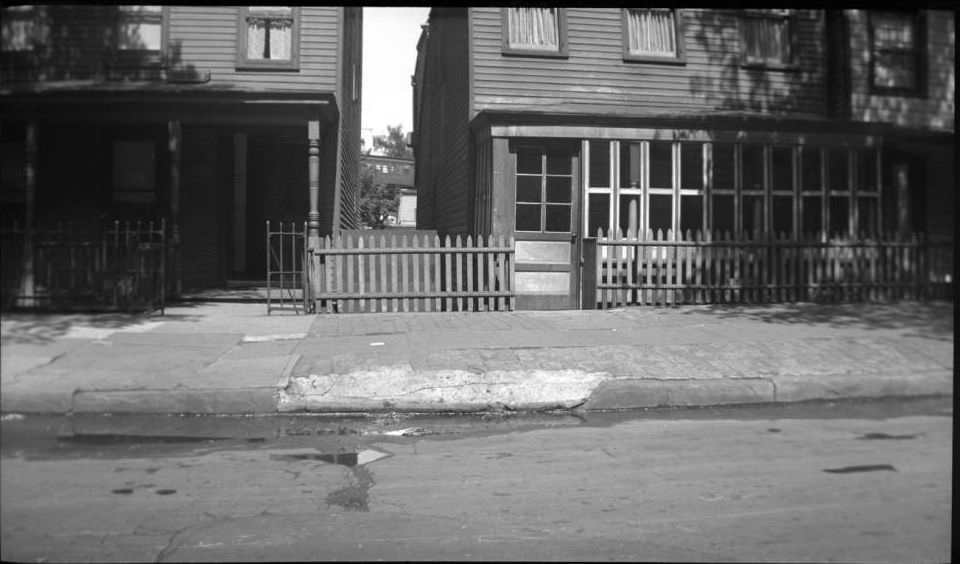
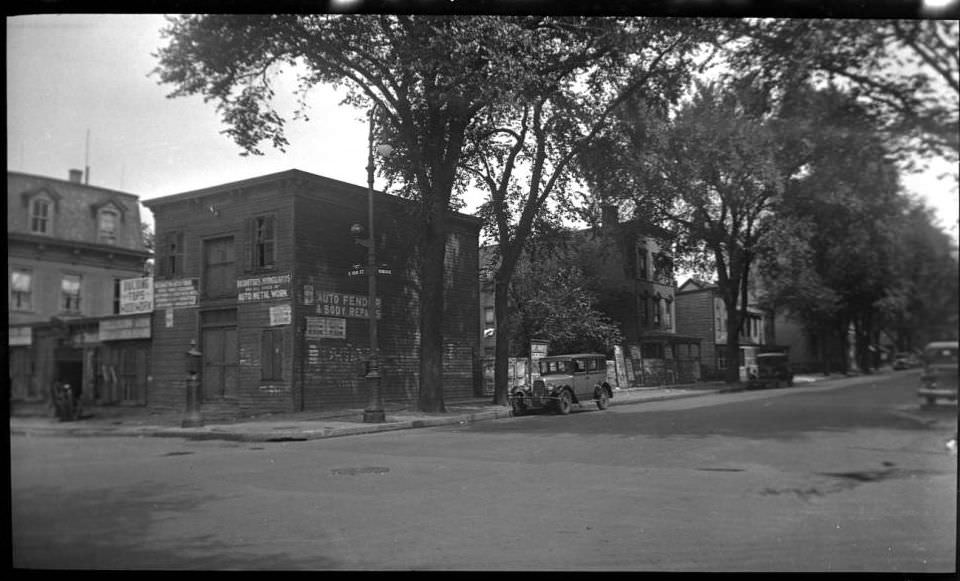
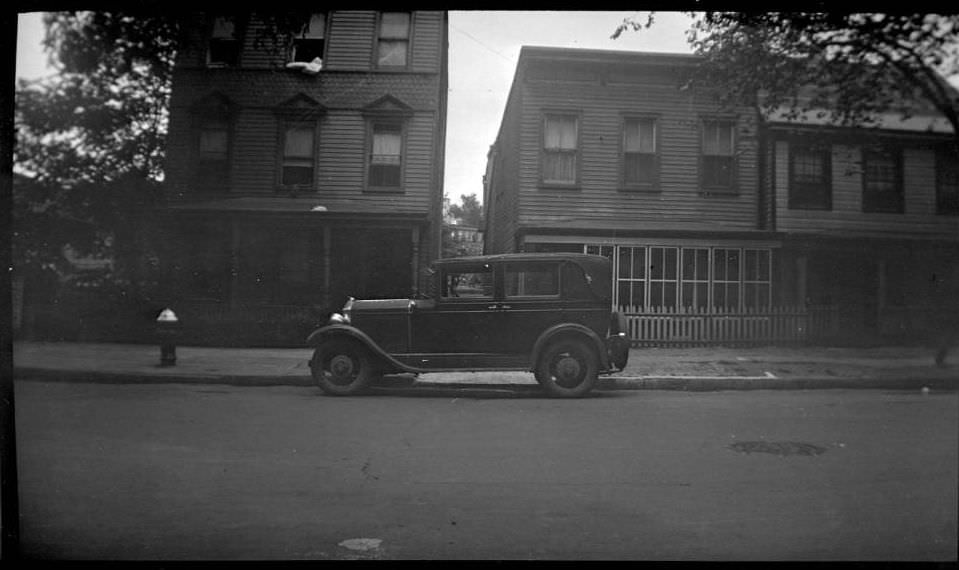
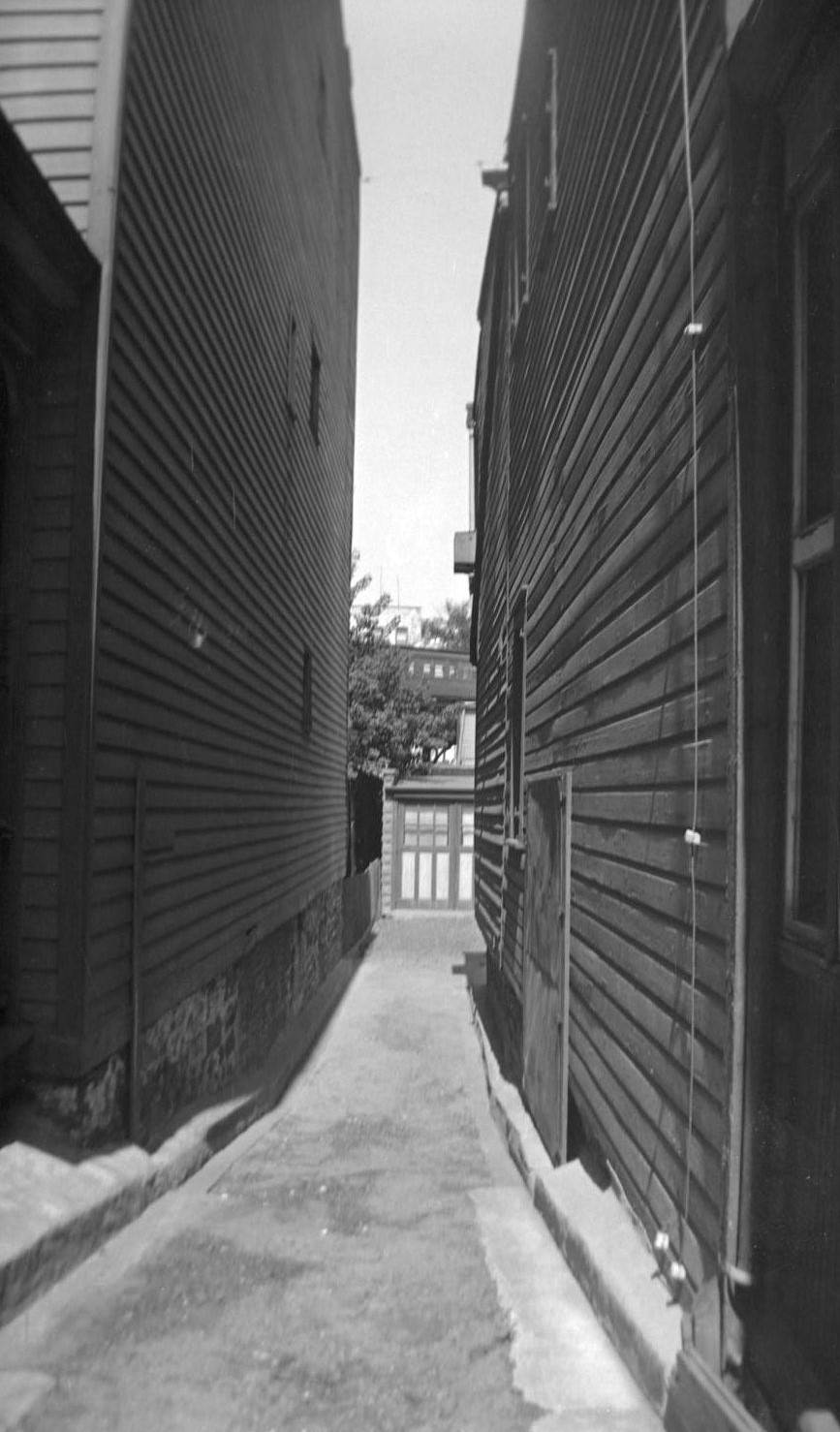
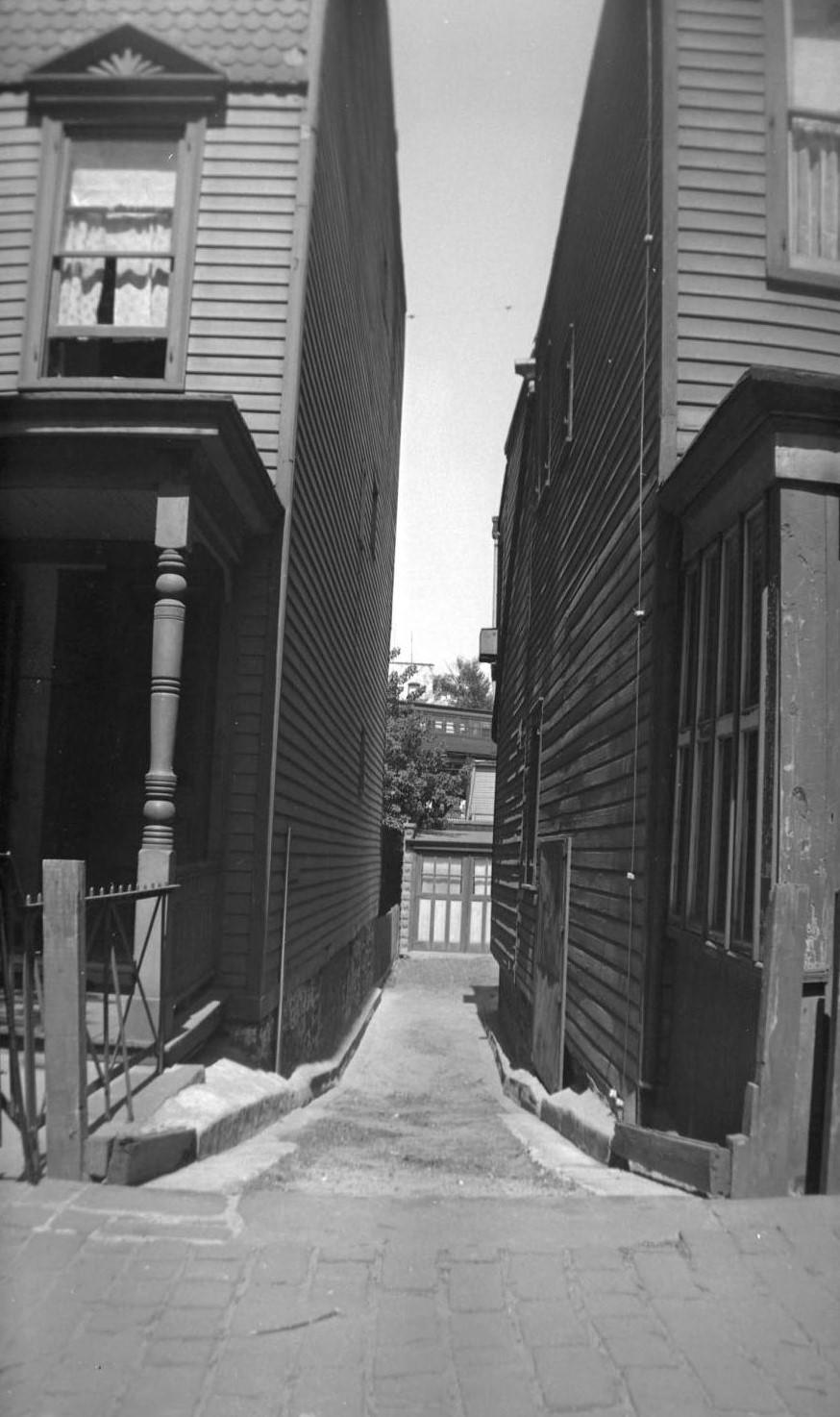
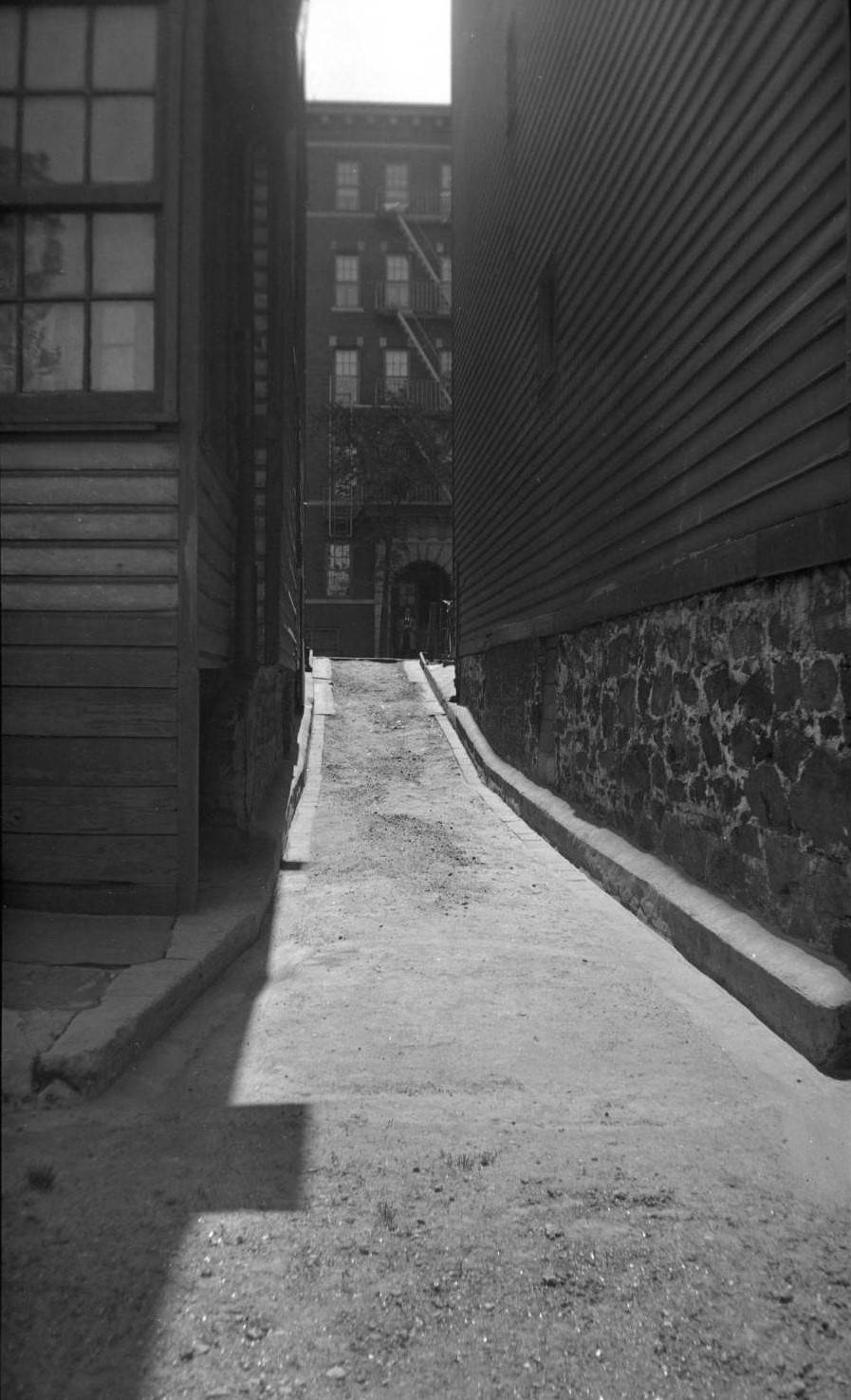
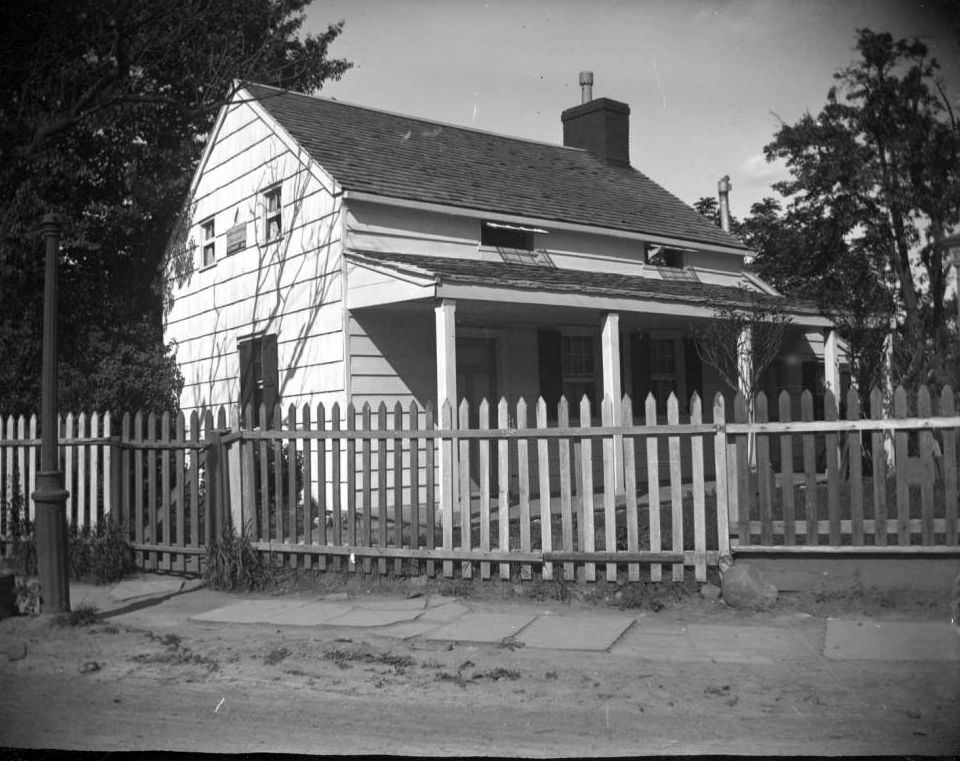
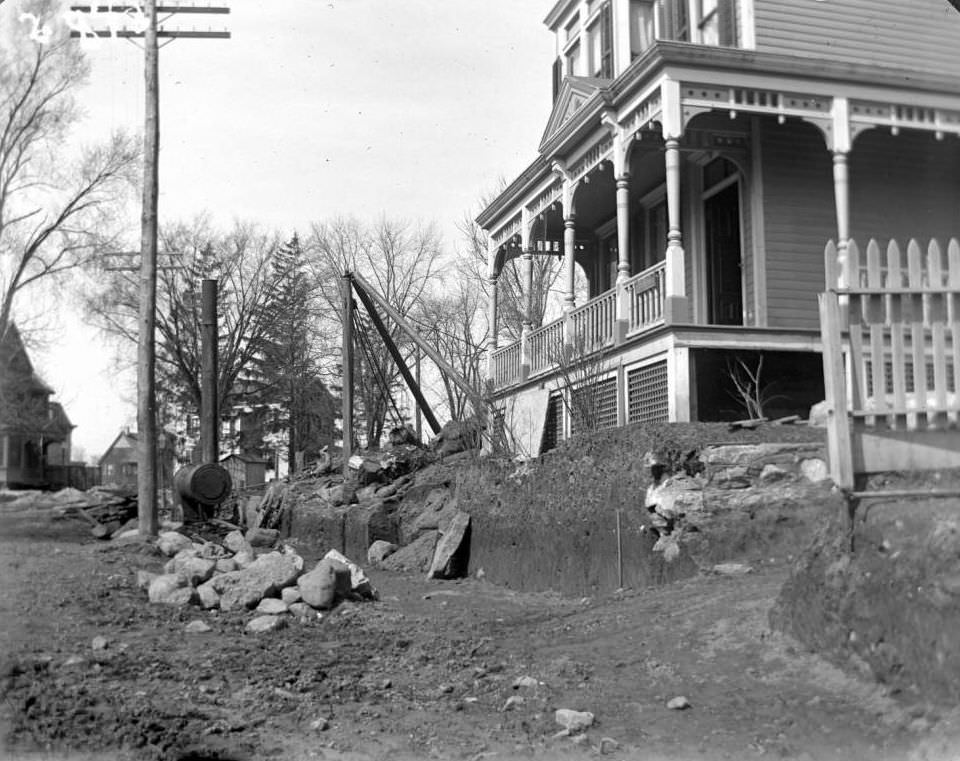
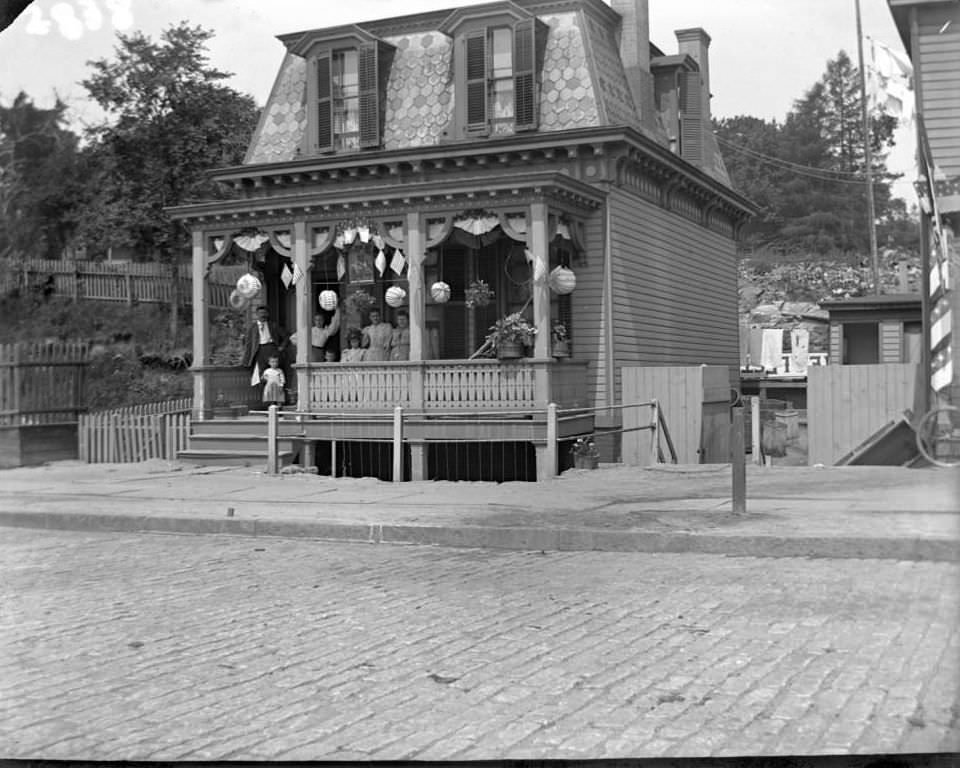
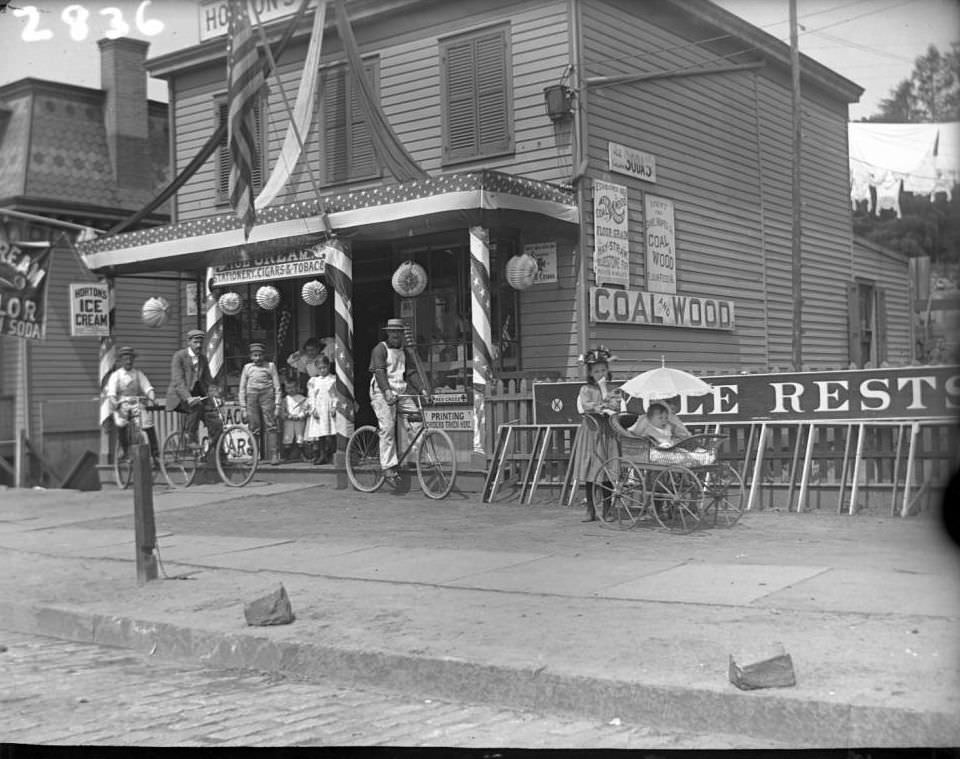
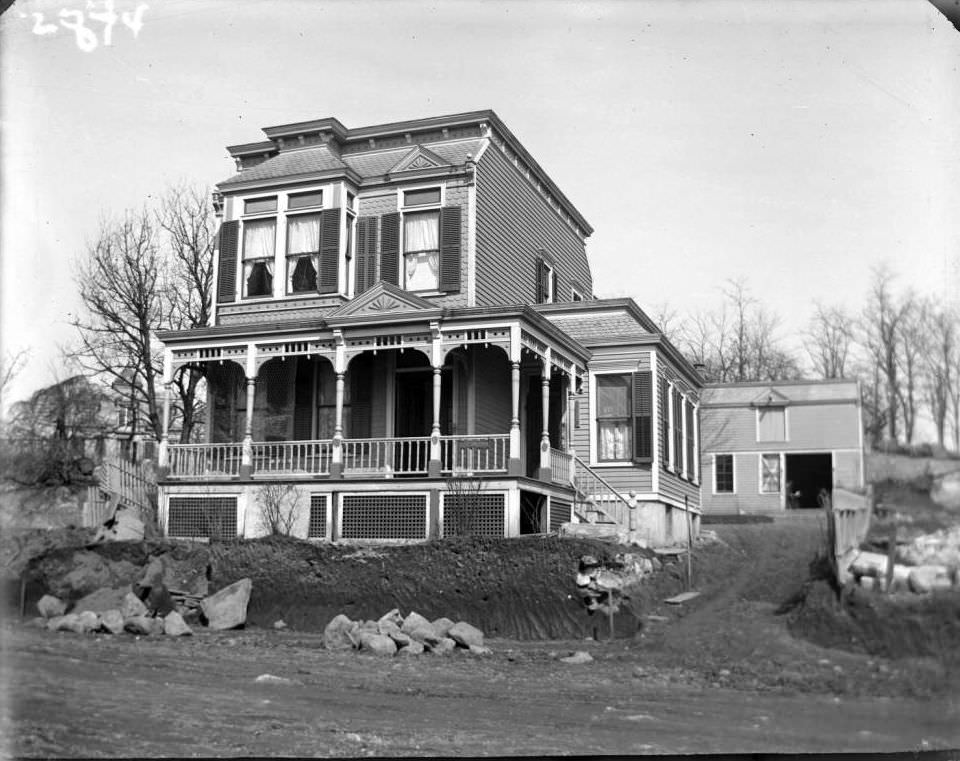
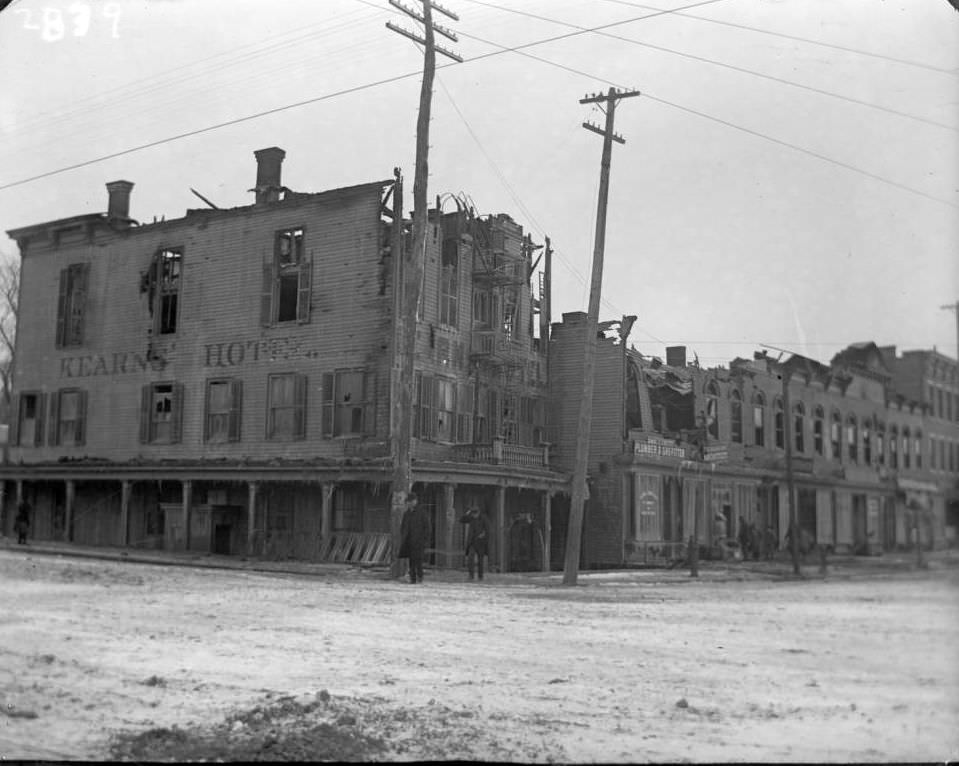
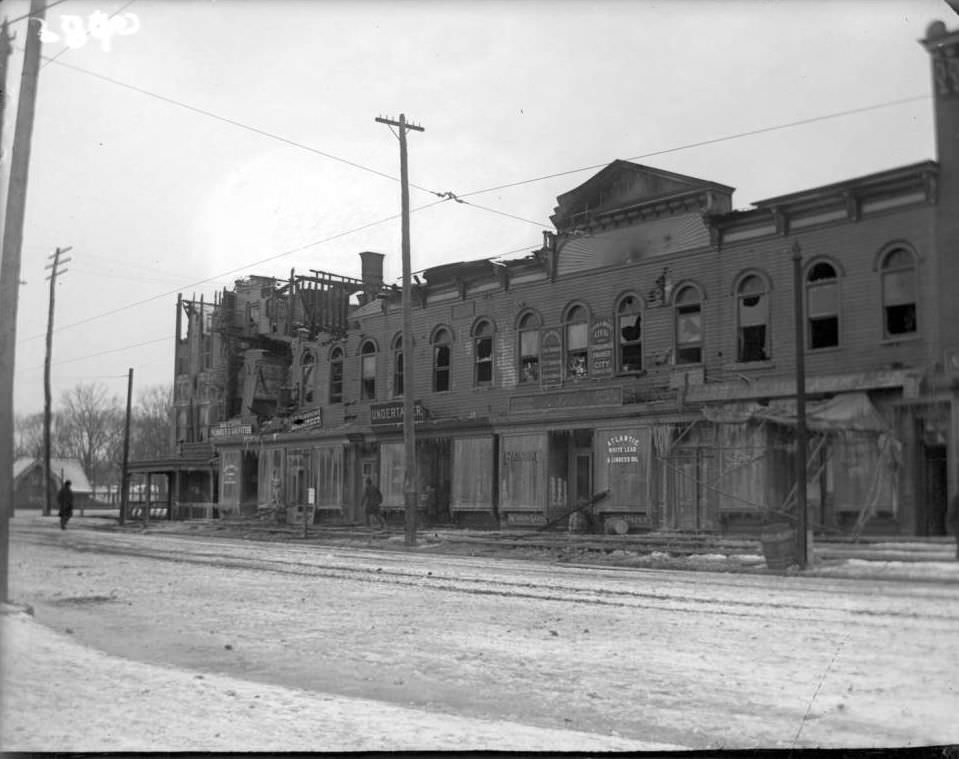
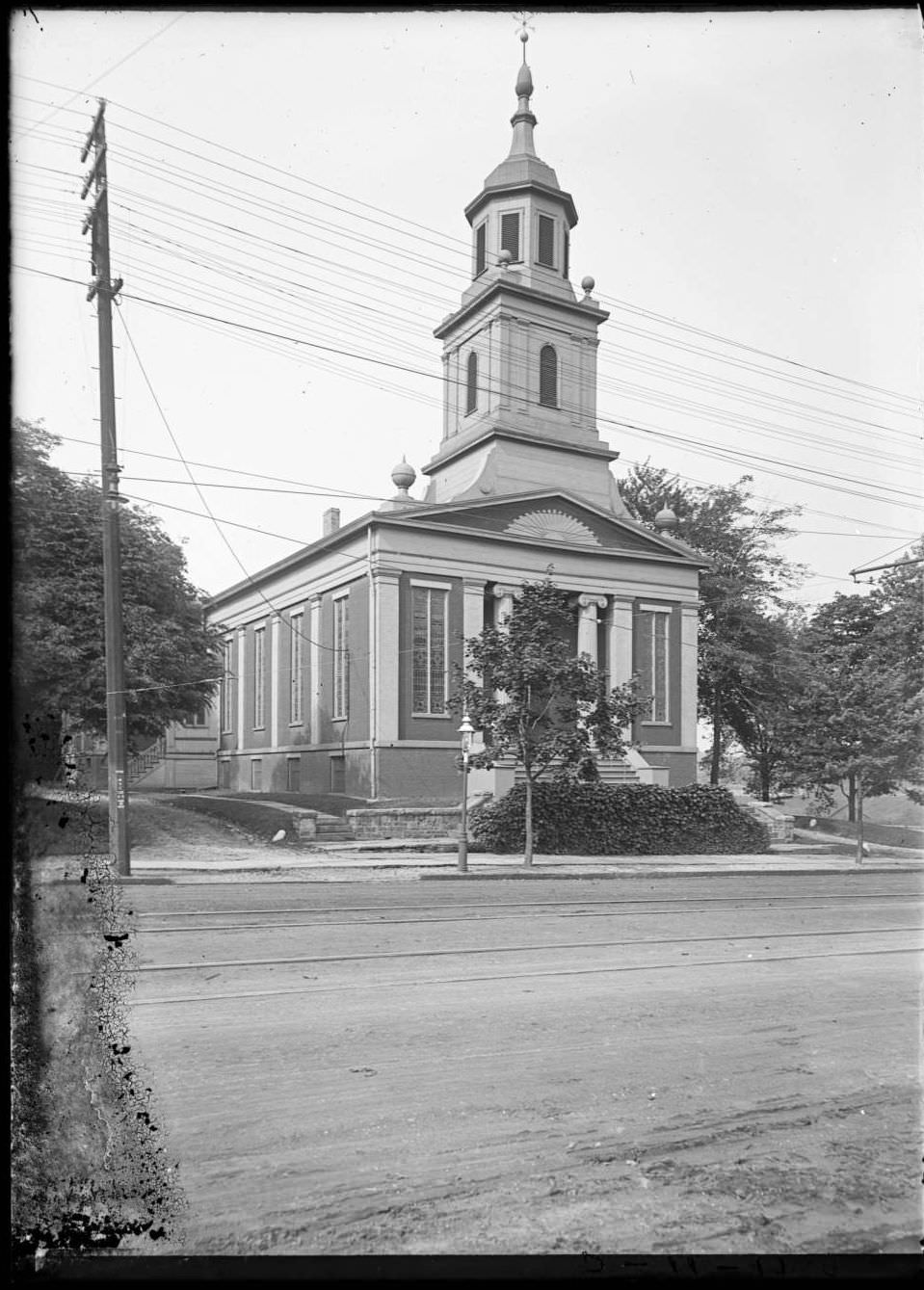
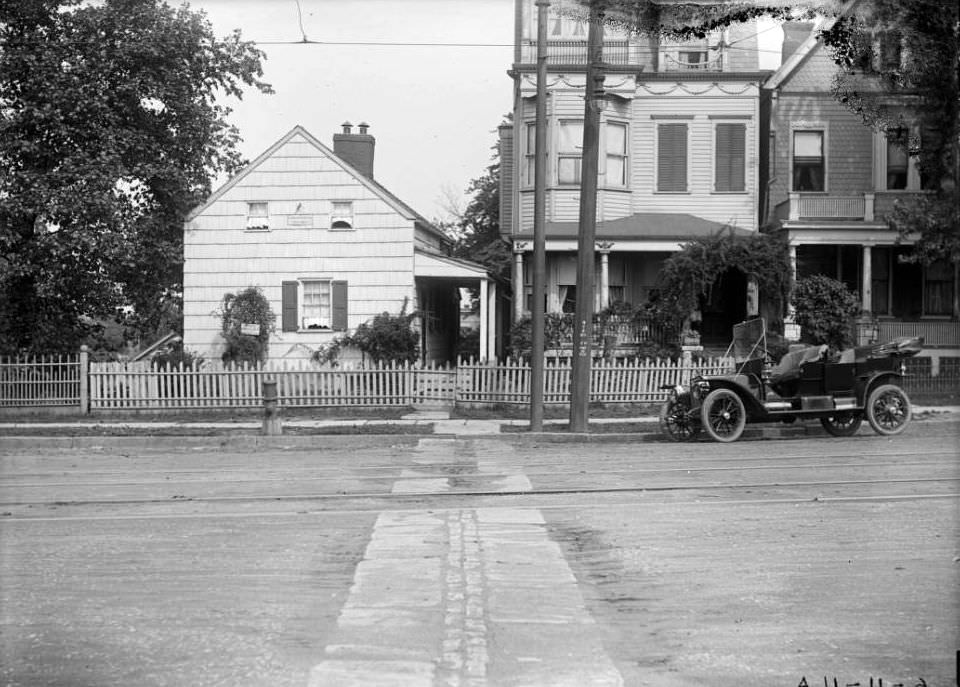
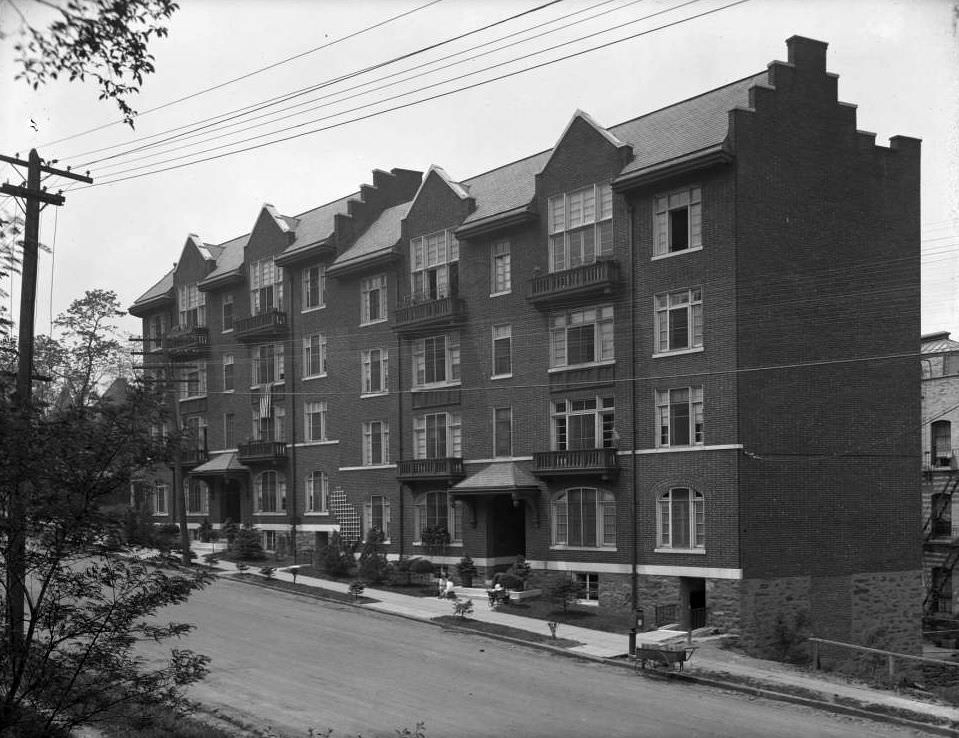
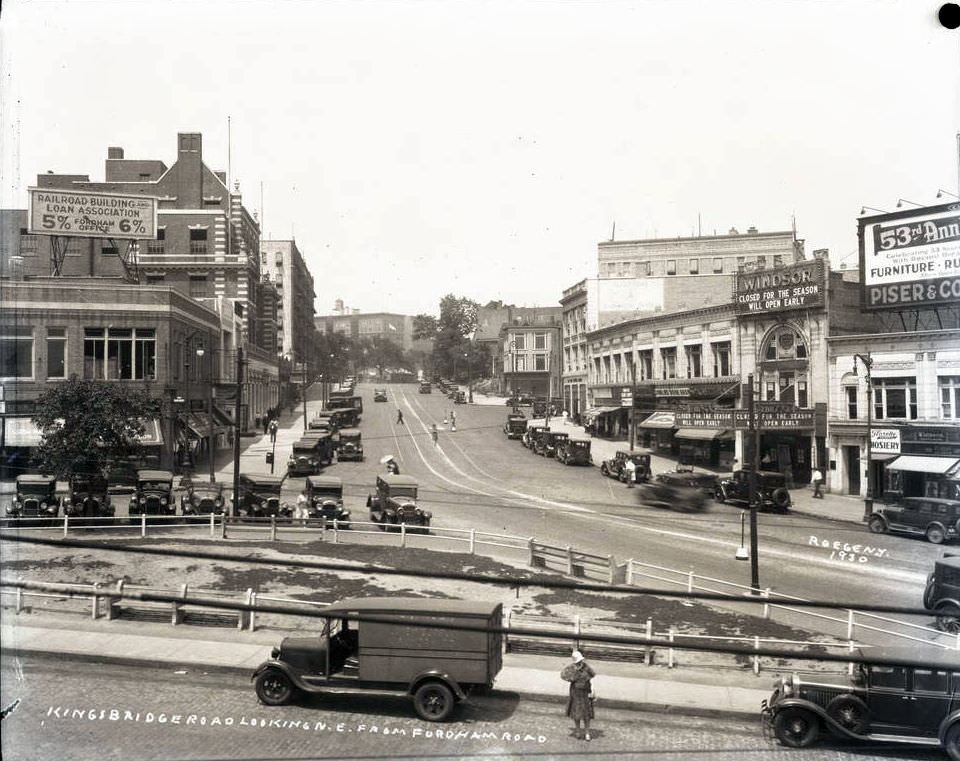


GIPHY App Key not set. Please check settings